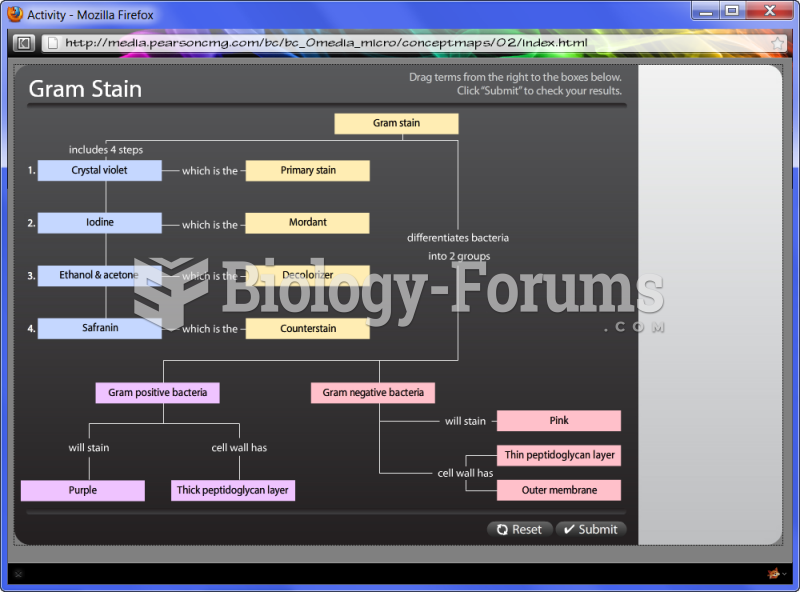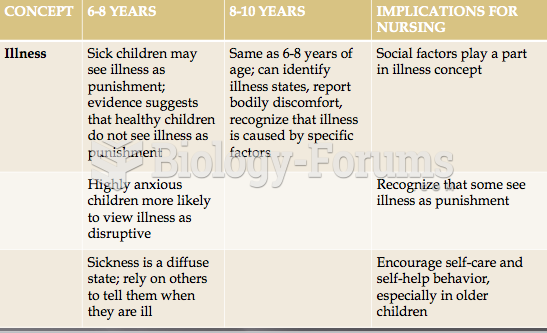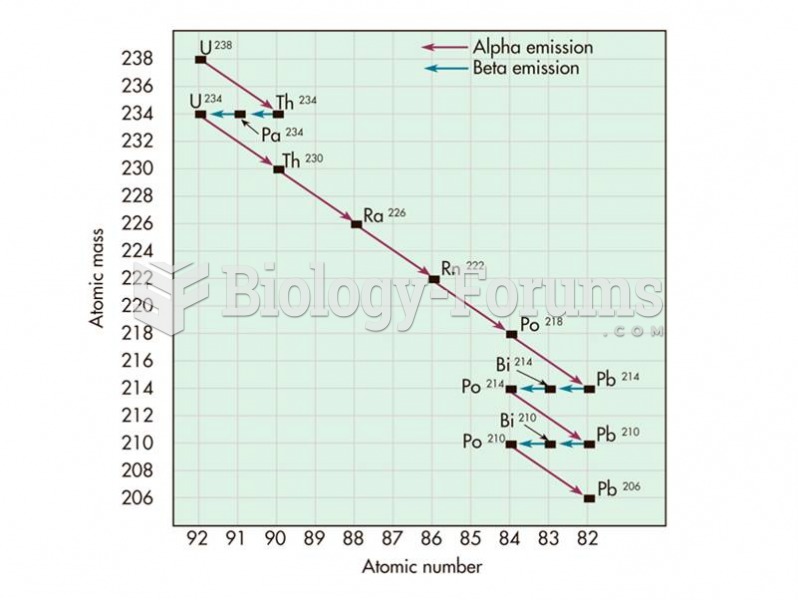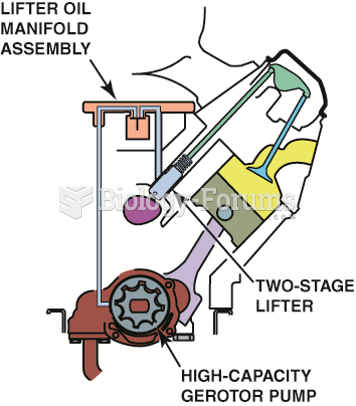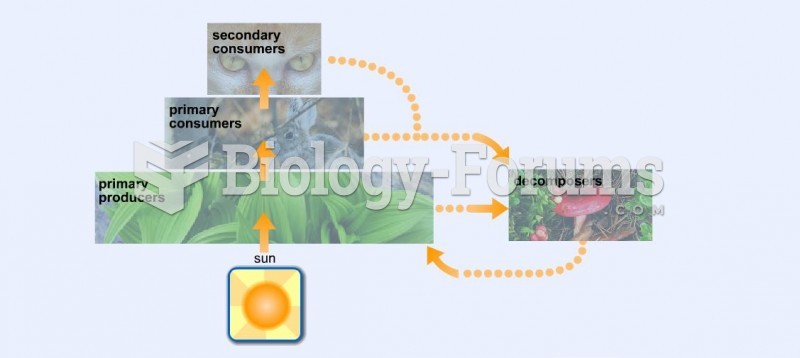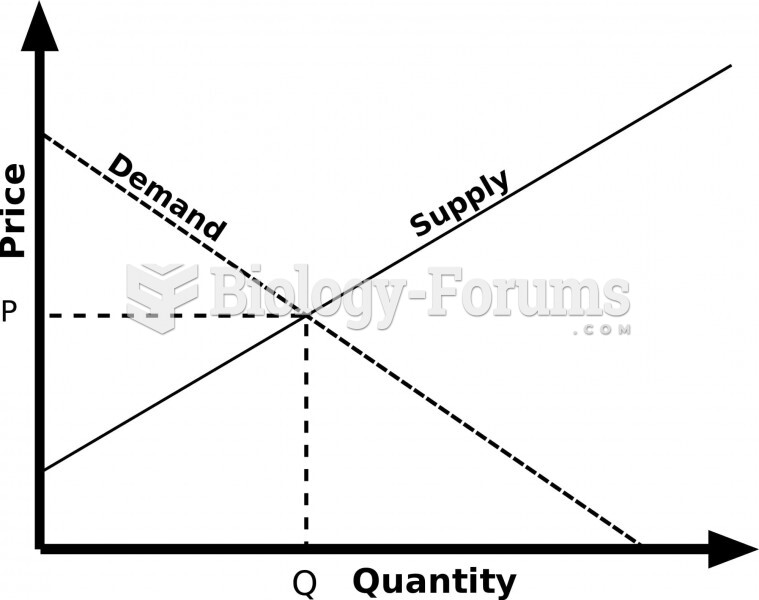Answer to Question 1
Portals, in the context of B2B supply chain management, can be defined as access points (or front doors) through which a business partner accesses secured, proprietary information that may be dispersed throughout an organization (typically using extranets). By allowing direct access to critical information needed to conduct business, portals can thus provide substantial productivity gains and cost savings for B2B transactions.
Most companies depend on a steady source of key supplies needed to produce their goods or services. For example, luxury restaurants require their produce to be consistently of high quality; similarly, car manufacturers need steel, paint, or electronic components in the right quantities, at the right quality and price, and at the right time. Thus, most companies seek long-term B2B relationships with a limited number of carefully selected suppliers-rather than one-time deals-and invest considerable efforts in selecting their suppliers or business partners; often, suppliers are assessed not only on product features such as price or quality but also on supplier's characteristics, such as trustworthiness, commitment, or viability. As a result, in contrast to B2C EC, where anyone can set up a customer account with a retailer, the suppliers or customers in B2B transactions are typically pre-screened by the business, and access to the company's extranet will be given depending on the business relationship (typically, after a review of the supplier's or buyer's application). To support different types of business relationships, portals come in two basic forms: supplier portals and customer portals. Supplier portals automate the business processes involved in purchasing or procuring products between a single buyer and multiple suppliers. On the other end of the spectrum, customer portals automate the business processes involved in selling or distributing products from a single supplier to multiple buyers. B2B marketplaces are typically run by separate entities and connect multiple buyers and multiple suppliers.
Answer to Question 2
Explicit knowledge assets reflect knowledge that can be documented, archived, and codified, often with the help of information systems. Explicit knowledge assets reflect much of what is typically stored in a database management system (DBMS).
In contrast, tacit knowledge assets reflect the processes and procedures that are located in a person's mind on how to effectively perform a particular task. Tacit knowledge assets often reflect an organization's best practices-procedures and processes that are widely accepted as being among the most effective and/or efficient.


